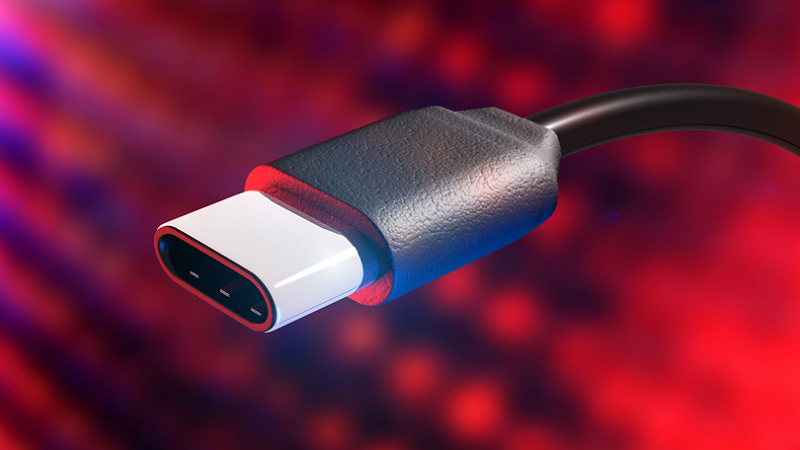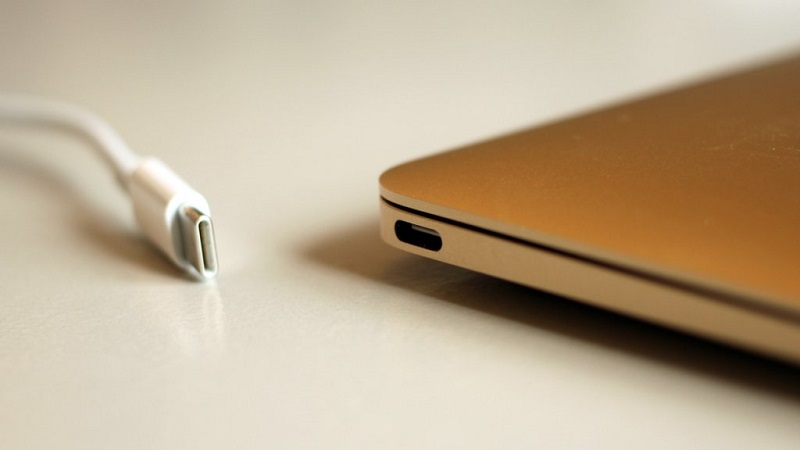
If there is one thing we cannot do without as human beings in this information-driven world, it’s not food, water, or even our cellphones or laptops. No, it’s our collection of cables needed for us to power and interact with these devices. While the USB-C cable is the go-to for many of us as it acts as both the communication and power cable for our devices, that hardware often requires a little more juice and needs to come with an additional power jack to keep things running.
Expect that to change though as the USB Implementers Forum (USB-IF) has just announced plans to more than double the amount of power that can be sent over a USB-C cable, increasing from 100 watts to 240 watts. Meaning that not only will USB-C cables become capable of charging your phones far quicker than ever before, but they will also be powerful enough to power even hungriest of gaming laptops.

Of course these new designs will require changes to both USB-C ports and cable designs and so it’s not just a matter if getting a newer device that will allow you to make use of these capabilities but will need you to be replacing your trusty collection of cables. With all-new cables, these will be appropriately titled “Extended Power Range” (EPR) to make it easier for people to identify them, as the core cable and port will look the same. The EPR cables will also be able to work with existing USB-C ports though will obviously not offer any extra benefits in this scenario.
It’s not clear when we can expect the first EPR supported devices and cable to hit the market, but with the standards announced, its only matter of time as manufacturers alter their designs to match the new specifications.
Last Updated: May 27, 2021




















